Sustainable energy firm Gridserve has cut the ribbon on its new electric vehicle charging forecourt near Braintree in Essex, in what could be a landmark moment for EV ownership as the UK approaches the 2030 end date for the sale of new ICE cars.
Designed, by CEO Toddington Harper’s own admission, with inspiration from Apple, the forecourt (which is categorically not a service station, for reasons we will discuss later) is spacious, futuristic and simple to negotiate both inside and out. There are 36 individual charge points, ranging in output from 7kW to 350kW, which can all be used simultaneously with no drop in output.
In line with the nascent company’s ‘sun-to-wheel’ business model, electricity is generated by solar panels - mounted on the forecourt roof and at an array of partner solar farms - and stored in a 6mWh (6000kWh, or roughly enough for 26,000 miles of EV range) on-site battery, which can balance the grid in peak hours, helping to keep charging costs down.
As such, users pay just 24p per kWh to charge at the Braintree site, making it cheaper than any other ‘ultra-high-speed’ charging provider in the country.
It’s an impressive sight to behold, and Gridserve's expansion ambitions are equally eye-opening. “The plan is to build over 100 in the next five years and provide people with the confidence to make the transition,” outlines Harper. “We need a lot - probably a lot more than 100.”
Details on future sites remain under wraps (the Braintree site opened first largely because it was the quickest to get through the planning process), but Gridserve isn’t exclusively eyeing sites near high-traffic areas, as you might expect of a traditional fuel provider.


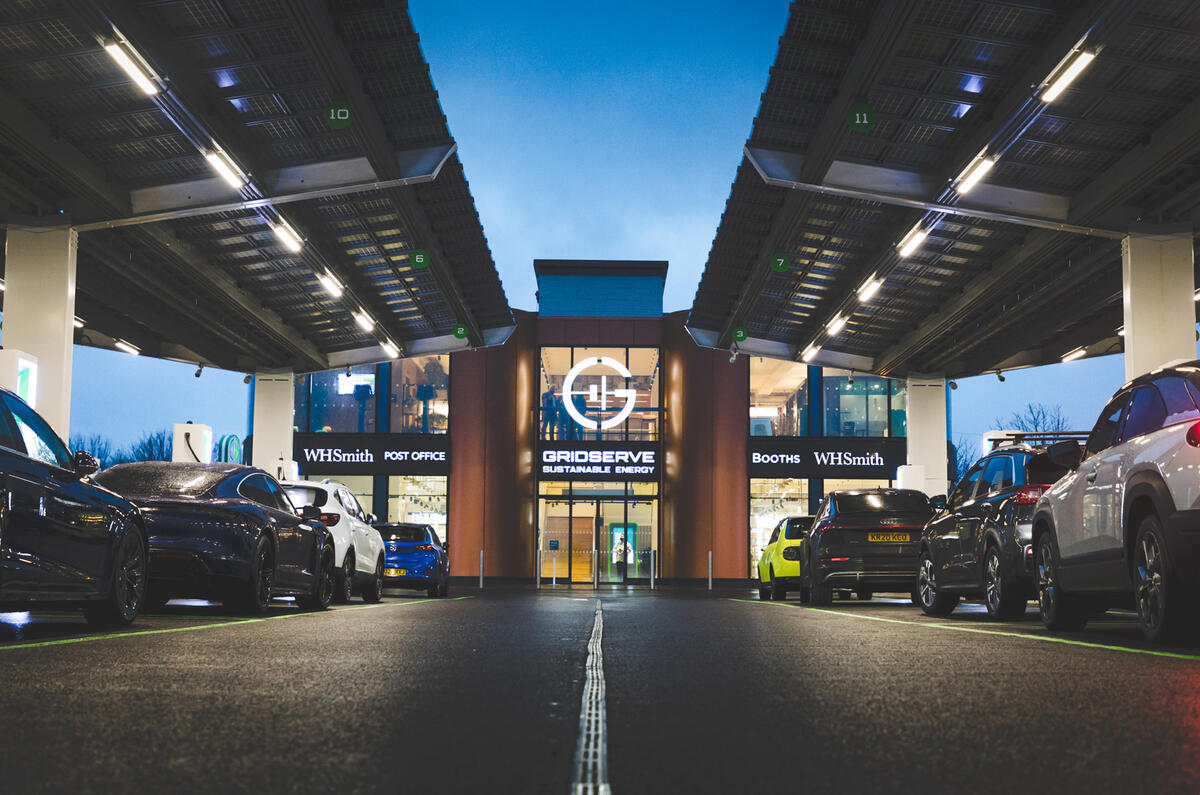
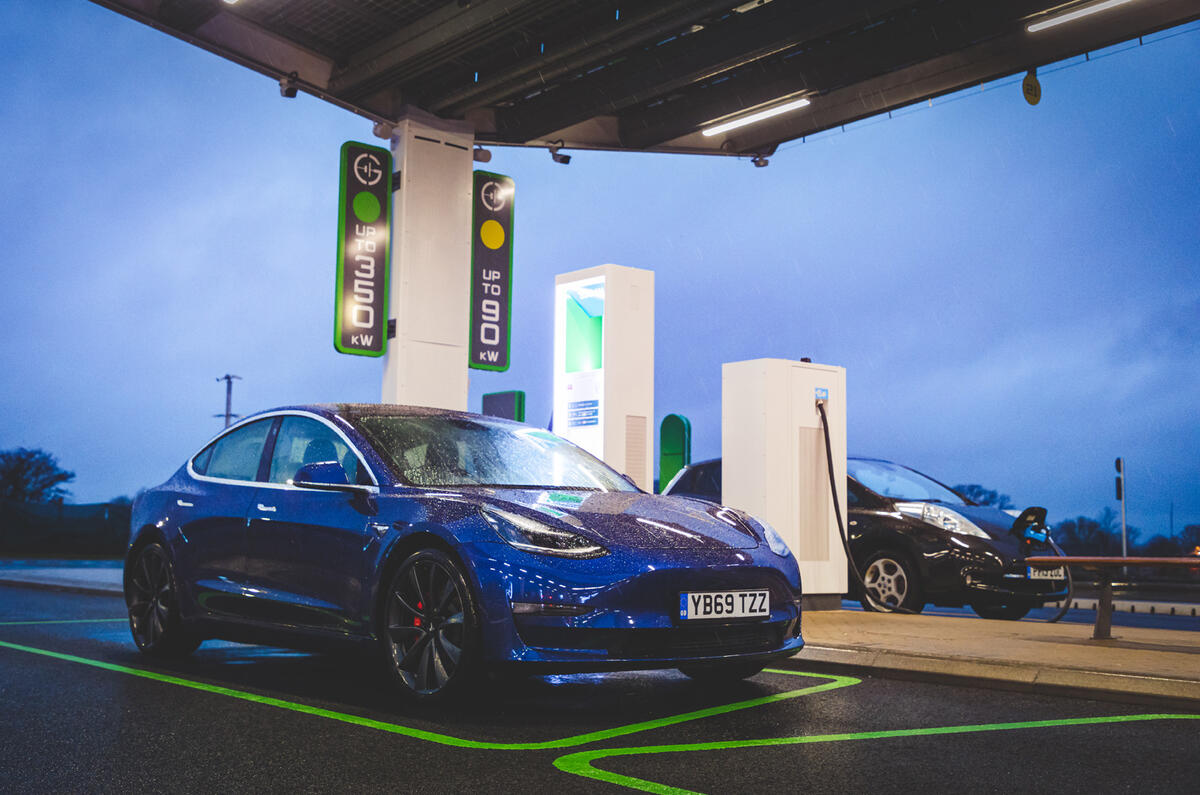
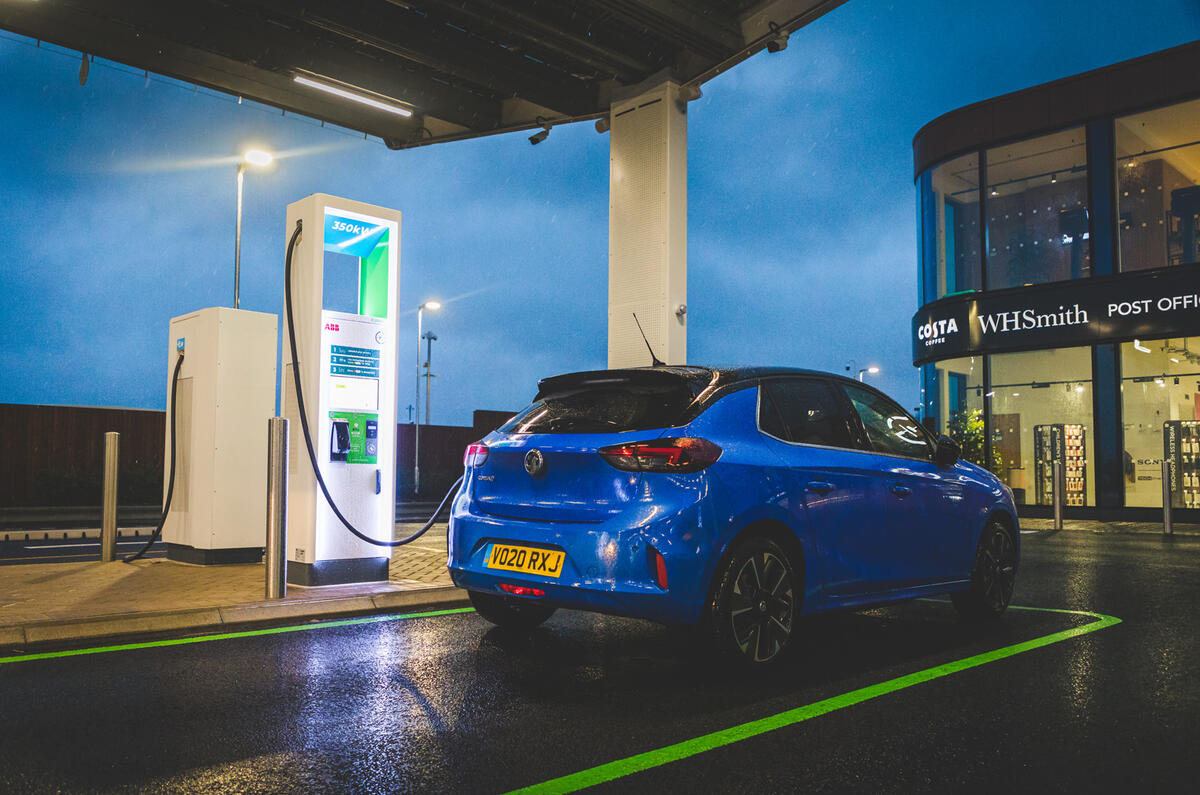

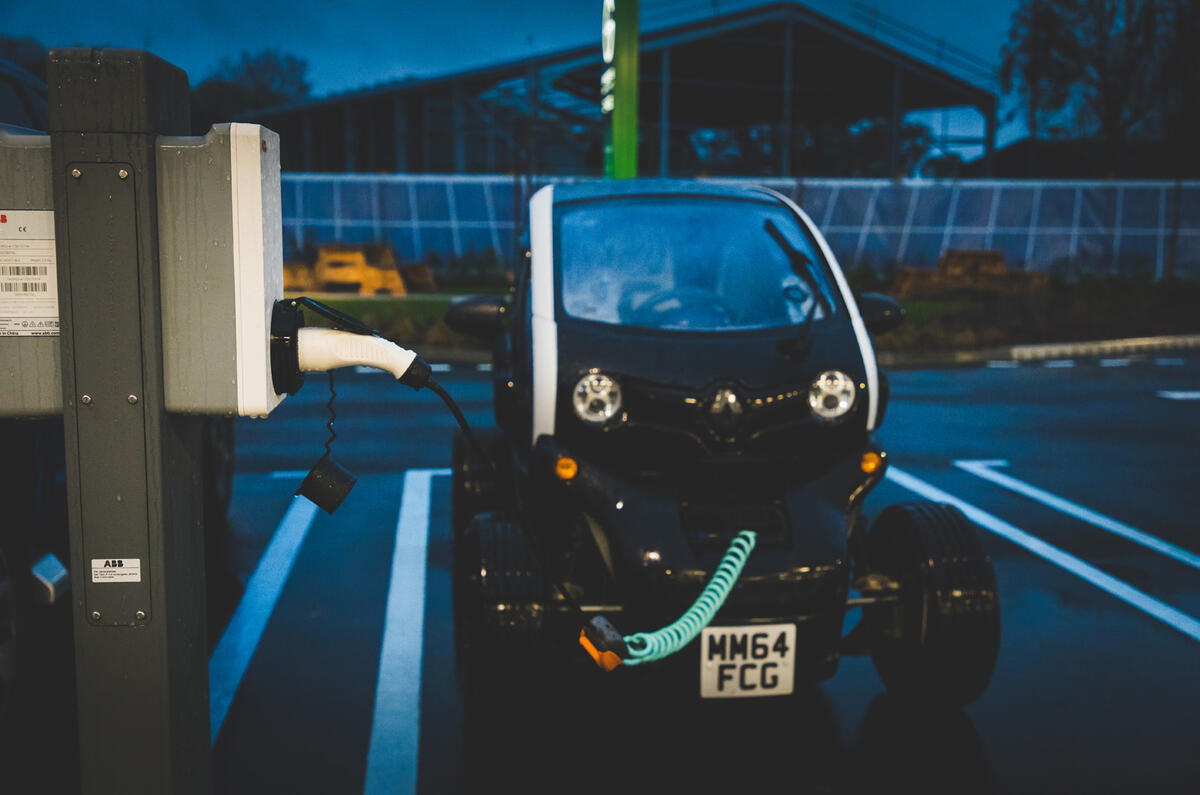
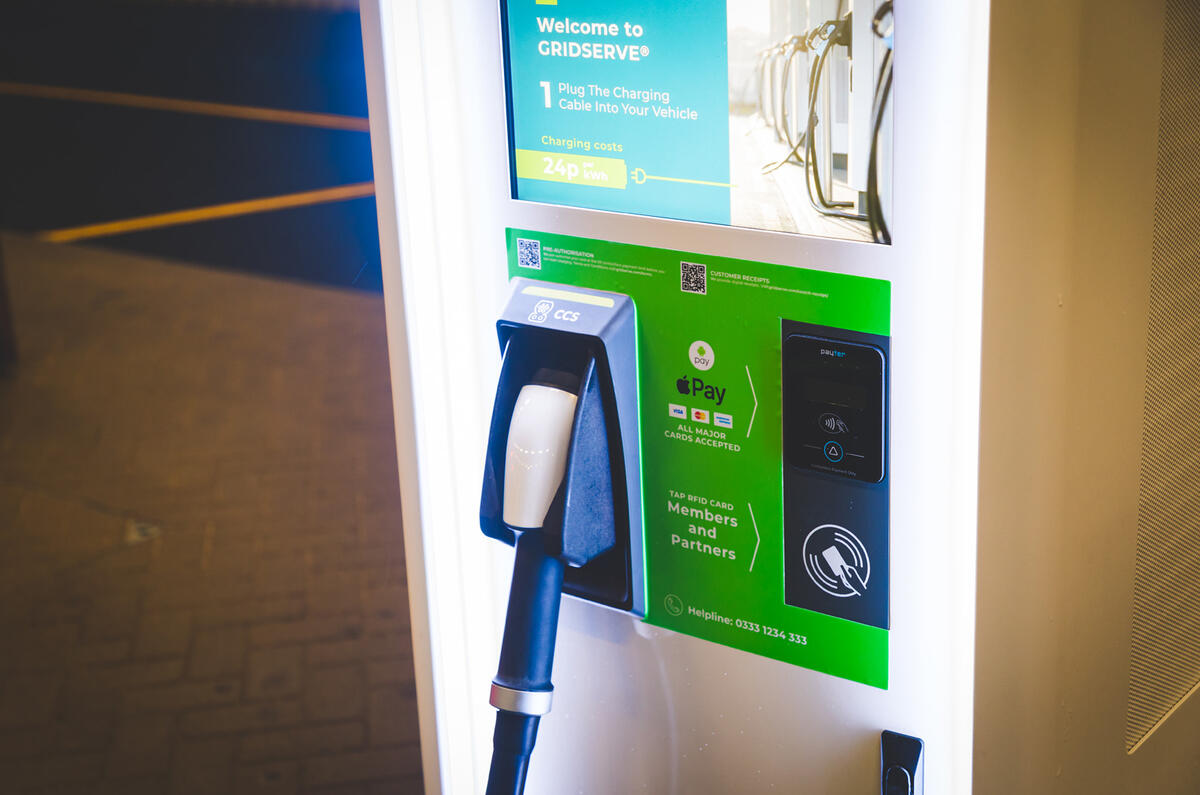
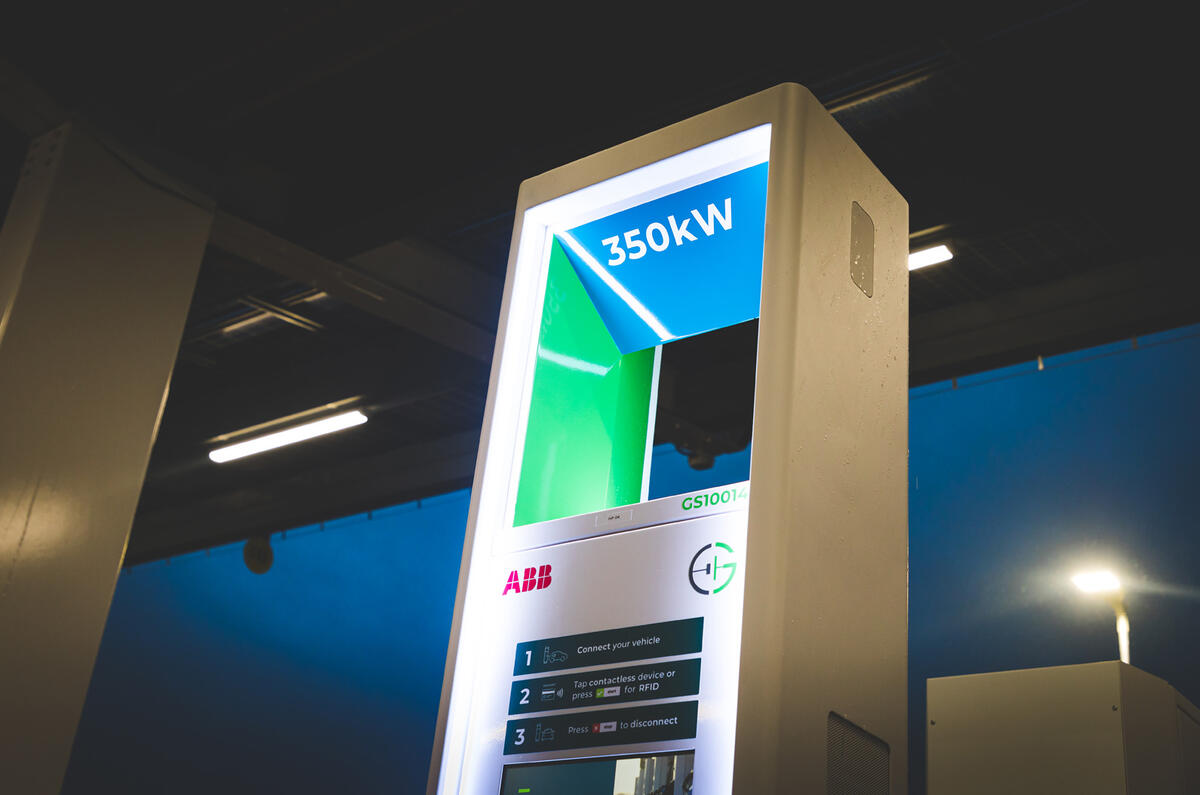
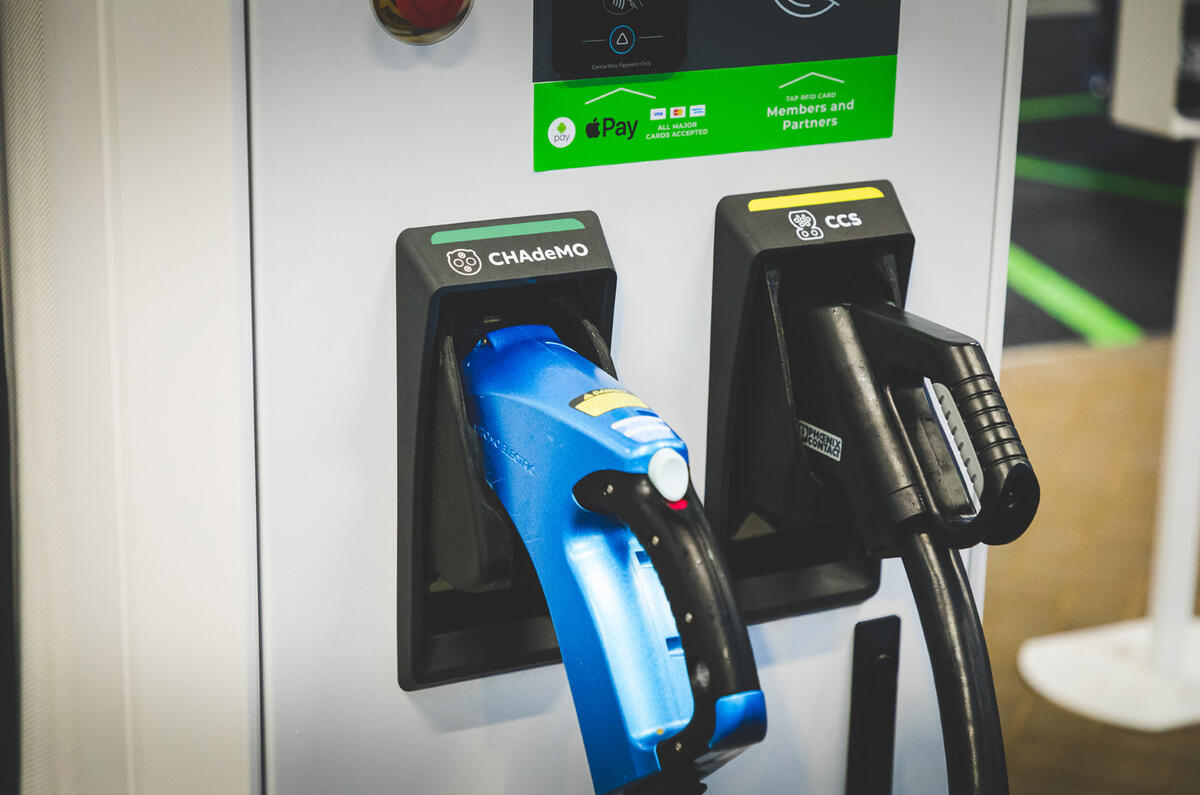
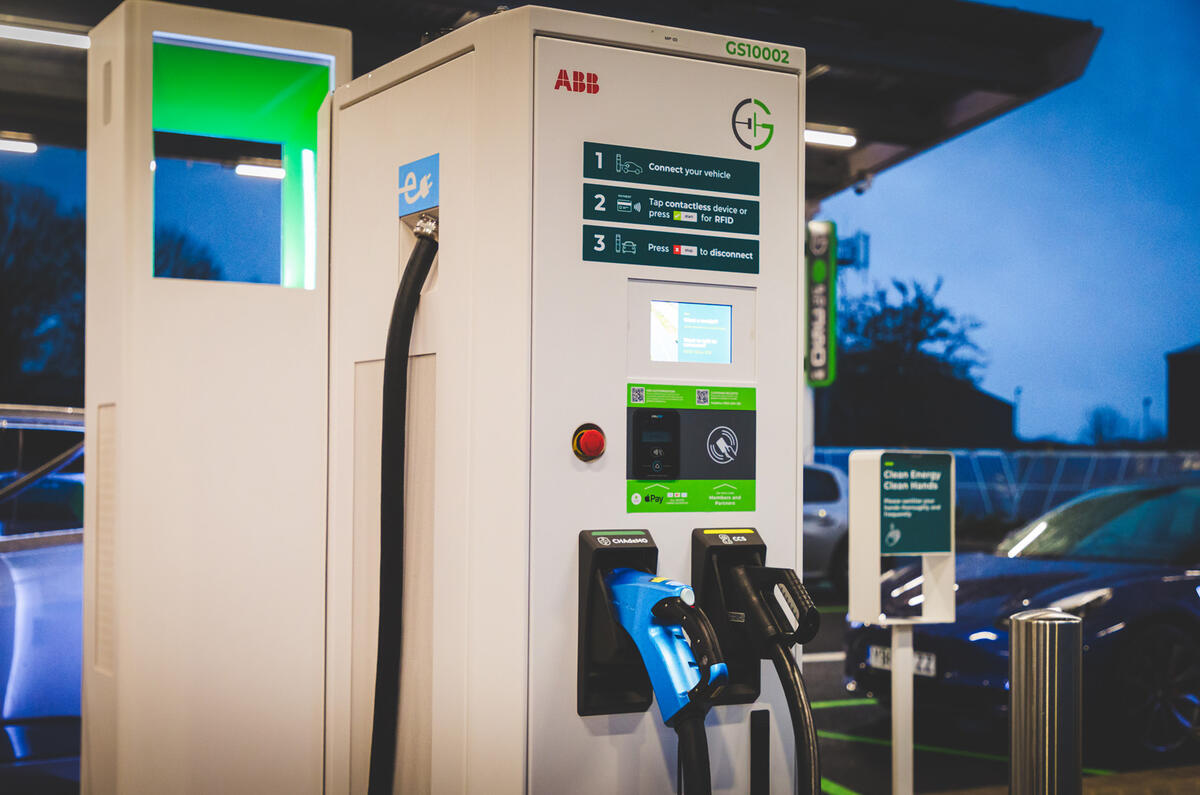
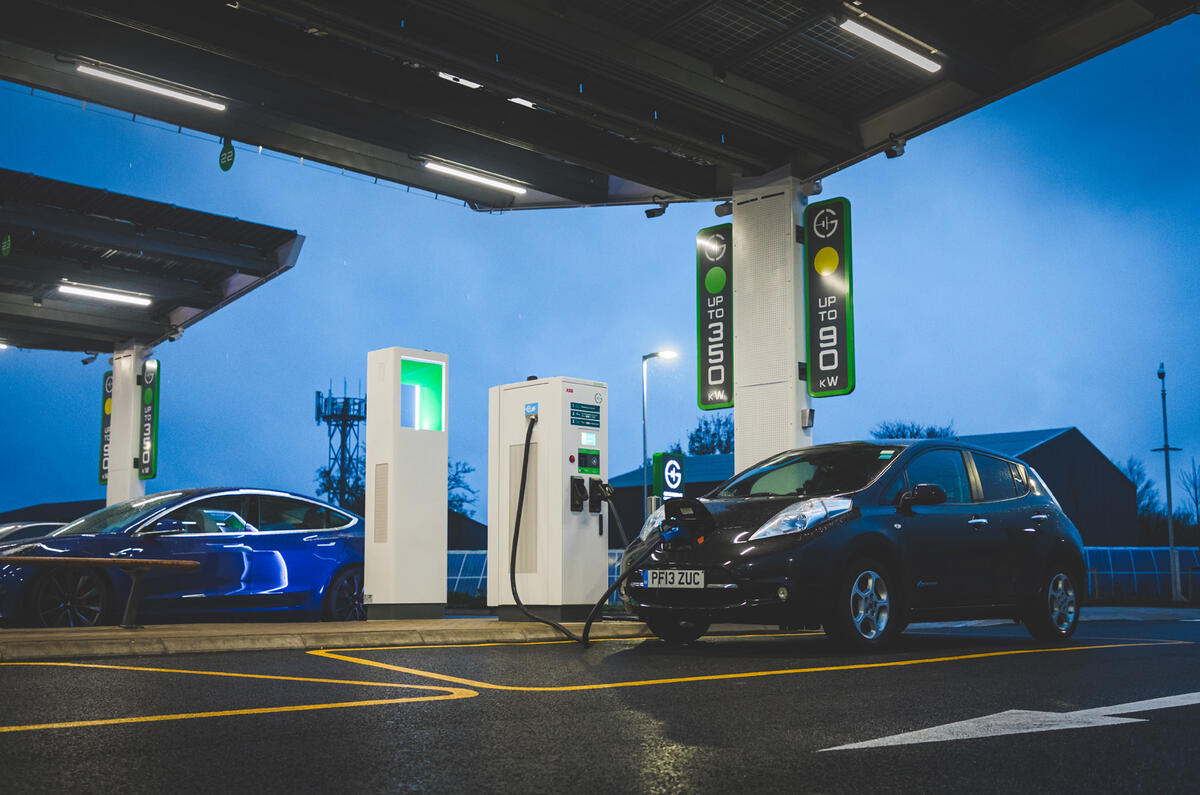


















Join the debate
Add your comment
Should be "blocks of flats usually do not have provisions for charging points.
Thousands more of this type of "charging station" are going to be needed if the UK has any hope of going electric by 2030. At the moment nobody has their own petrol station at home as that is not how we distribute petrochemical fuels. Although many people can and will charge their electric car at home overnight huge numbers of people cannot as they do not have off road parking. Even where people do have off road parking they may still not be able to have home chargers. Blocks of flats usually have one provision for charging points. Even now new build blocks of flats are being built without providing for charging points in the parking garages. People will also want to charge up mid-journey due to range anxiety or because in winter electric battery range is slashed by cold weather. Unlike current petrol stations, instead of having say 10 pumps each used for 5 to 10 minutes to fill up or top up so that each pump gets used hundreds of times per day, the charging points at this type of station will be in use for hours at a time meaning each one might get used only six to ten times a day. This means there will have to be thousands of these charging stations to cope with demand. Just where these are going to be built, how many can be built each year and what the cost is going to be is not addressed in the article. I very much doubt practical issues like this have been thought through by up the current government.
Great (business) idea that makes a lot of sense. A municipal "green" power station with capacity to charge 36 electric vehicles simultaneously will go a long long way to overcome prejudice against the BEV and those without a home charge point. Sensible location for a "gym" to also contribute human driven power (provided of course you can earn credits based on how much you generate toward your next top up). Adding this type of facility to the ever increasing number of motorway and superstore locations can only help toward eliminating range anxiety for good.